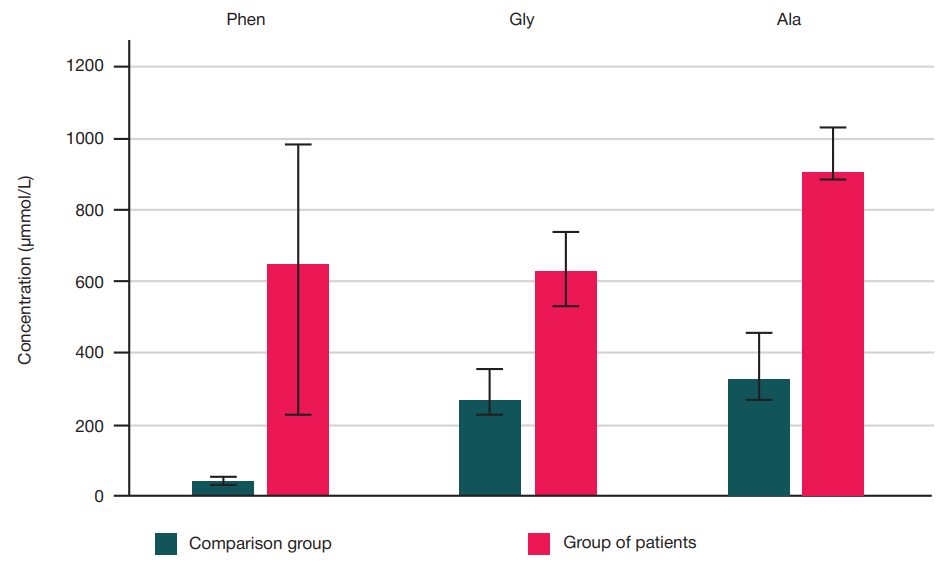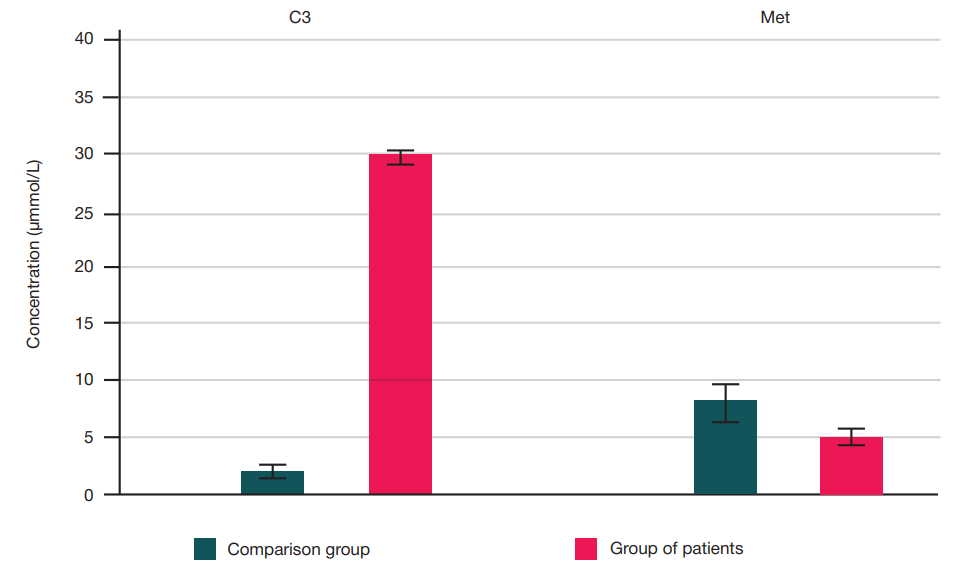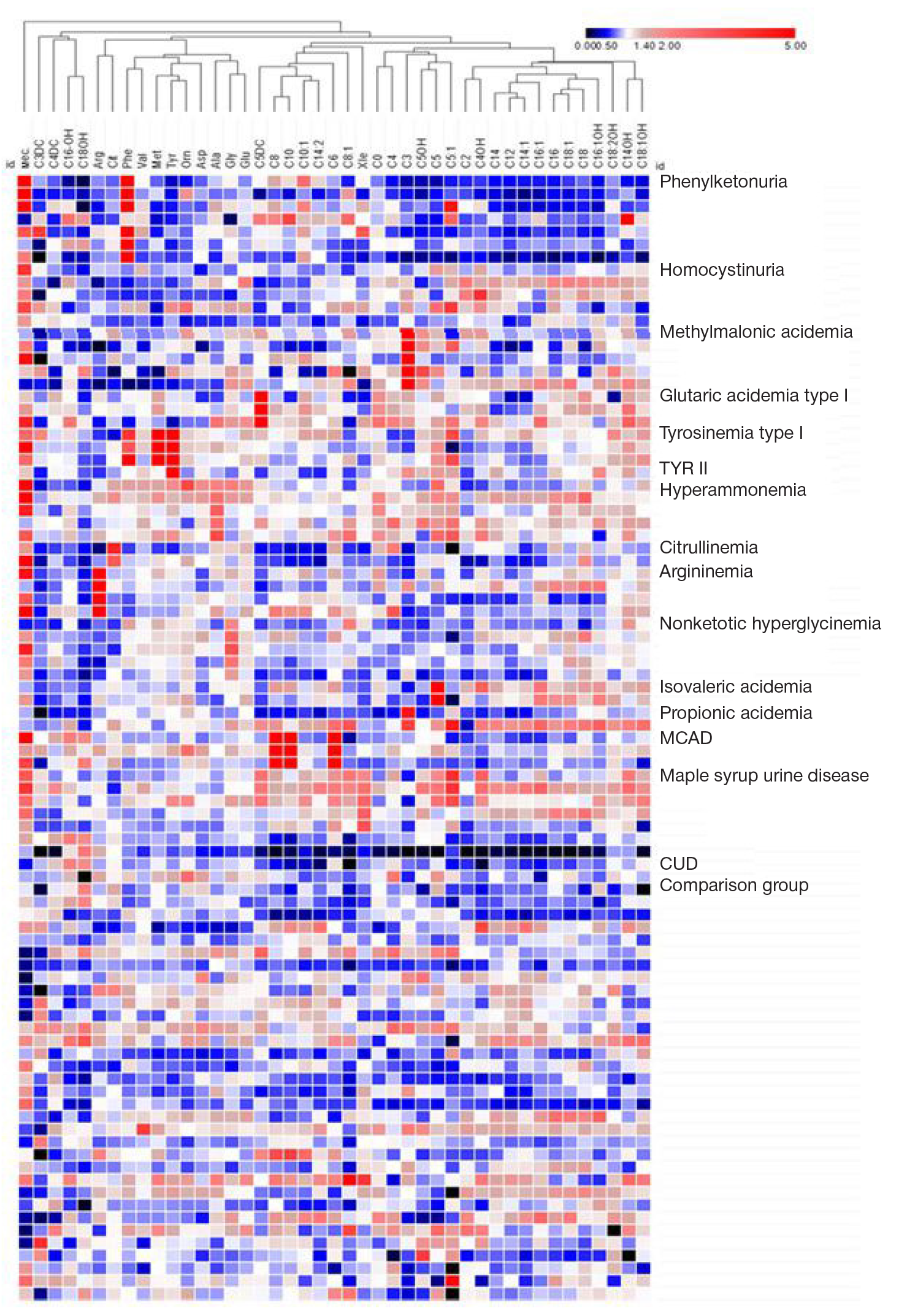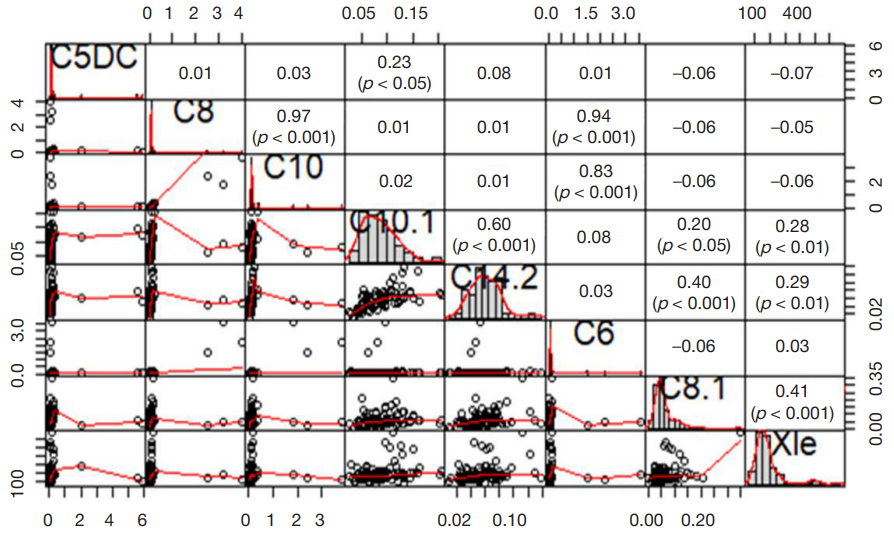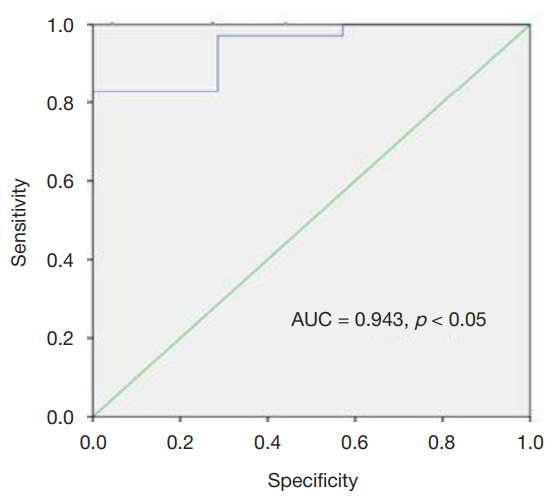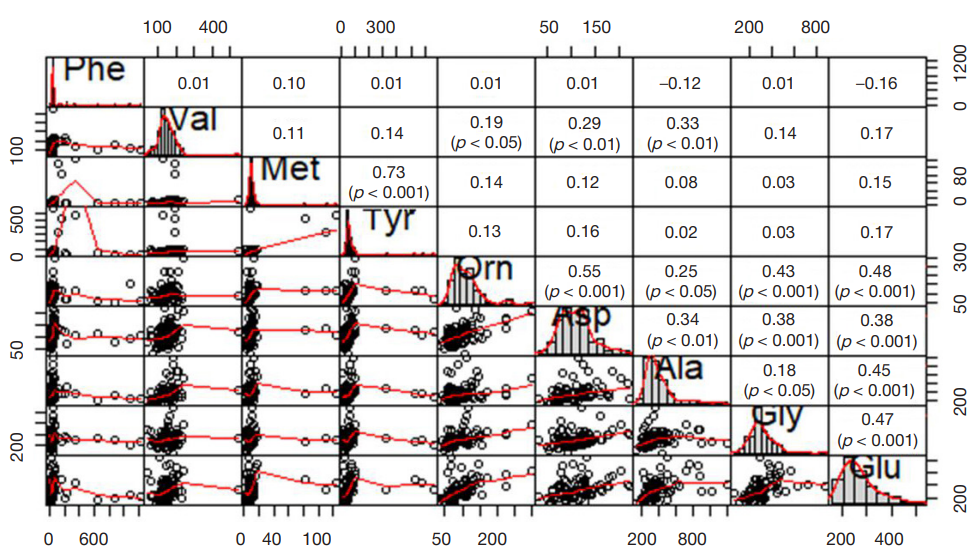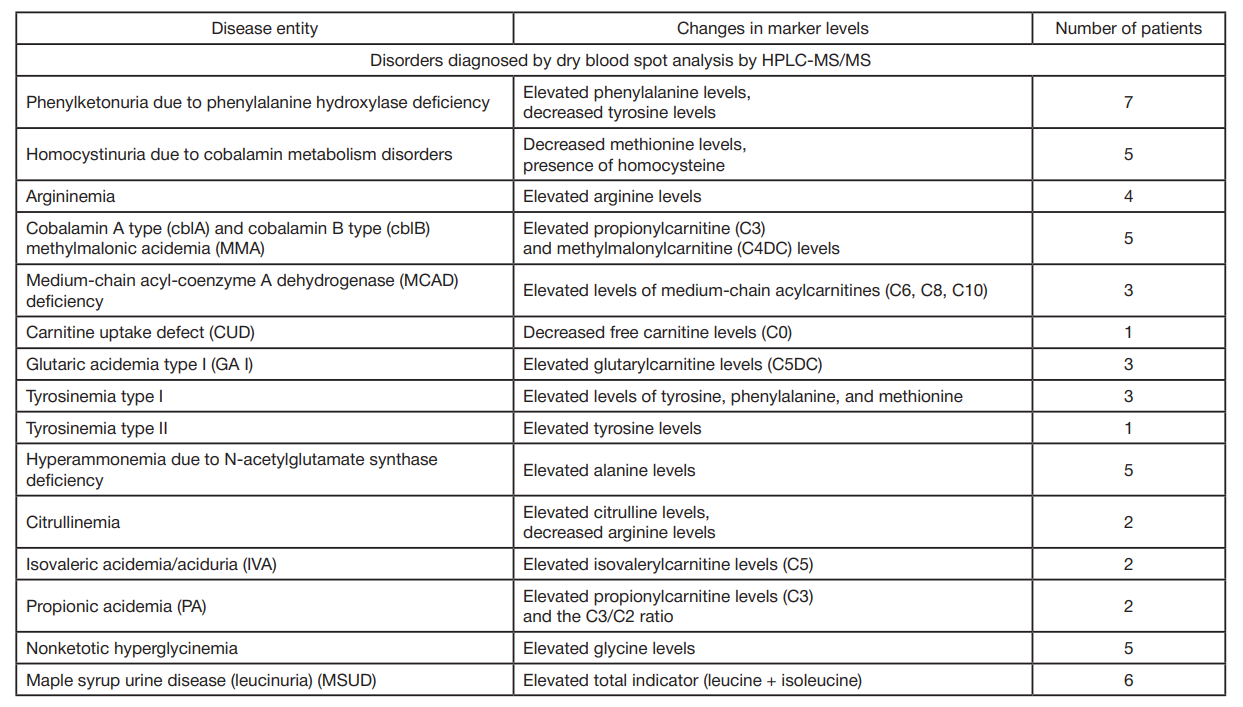
This article is an open access article distributed under the terms and conditions of the Creative Commons Attribution license (CC BY).
ORIGINAL RESEARCH
Determining the diagnostic value of the markers of congenital metabolic disorders by chromatography–mass spectrometry
1 Voino-Yasenetsky Scientific and Practical Center for Specialized Assistance to Children, Moscow, Russia
2 LLC Clinic of New Medical Technologies “ArchiMed”, Moscow, Russia
3 Research Center of Neurology, Moscow, Russia
Correspondence should be addressed: Irina V. Zolkina
Vavilova, 68, k. 2, Moscow, 119261, Russia; ur.liam@ari_anikloz
Author contribution: Mamedov IS — research idea; Mamedov IS, Zolkina IV — research methods and procedure, statistical data processing; Zolkina IV — manustript writing; Mamedov IS, Sukhorukov VS, Zolkina IV, Krapivkin AI — manuscript editing; Krapivkin AI — research management.
Compliance with ethical standards: the study was approved by the Ethics Committee of the Pirogov Russian National Research Medical University (protocol № 94 dated 14 December 2009). All parents or caregivers of the subjects submitted the informed consent to participation in the study.
